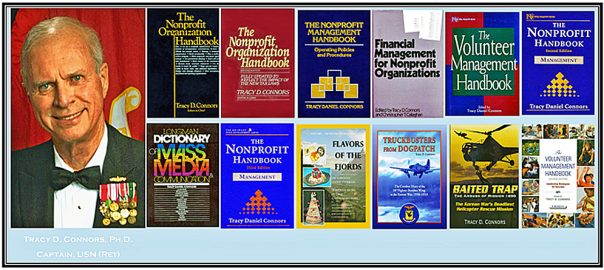The intensive residential and commercial development of the suburbs is topping out. To be followed by a redevelopment of central cores.
1) Suburban land costs are rising and will reach the level at which downtown prices are competitive.
2) Pressing requirements for urban services will escalate suburban tax burdens, reducing this competitive edge.
3) This is and will continue to be, a concentration of purchasing power in and near the downtown center.
4) Potential is quite high for recycling and upgrading economically developable land in existing urban markets.
5) The city must be a magnet …developed through daring thinking which will make it a place of excitement, creativity, diversity.
6) Downtowns have to become increasingly multi-level. In the future downtown configuration, based on horizontal strata, there will be levels for all vehicular functions, levels for pedestrians and levels for offices, stores, etc.
7) Units of planning and design should be the block or super block. Buildings need to be linked at various levels by using bridges and other means.
8) Downtowns will be supported by a “broadened base” made up of changed economic and social structures. Important among these structures will be such activities as great civic centers and increasing housing in downtown and surrounding it.
People will be reintroduced into downtown.
Massive changes in our physical environment, our business environment, our home environmental, our church environment.
How do we survive future shock? How can we not just cope With this problem which is probably inescapable anyhow, but use it to further the work of the church?
First, we must become infinitely more adaptable and copable.
We must search out totally new ways to anchor ourselves for many of the old roots are now shaking under the hurricane impact ‘of the acceleration thrust of change.
The answer to future shock is not non-change. but a different kind of change.
© Copyright 2018 BelleAire Press, LLC
